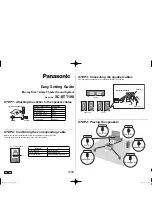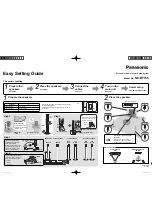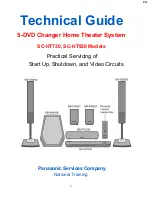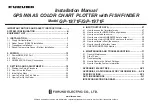
5 - Effects
Core Effects Descriptions
E-MU PCIe Digital Audio Systems
73
Leveling Amp
The first compressors developed in the 1950’s were based on a slow-acting optical gain
cells which were able to control the signal level in a very subtle and musical way. This
effect is a digital recreation of the leveling amps of yesteryear.
The leveling amp uses a large amount of “lookahead delay” to apply gentle gain
reduction. Because of this delay, the leveling amp is not suitable for applications which
require realtime monitoring of the signal. This smooth and gentle compressor is
designed to be used in situations where delay does not pose a problem, such as
mastering a mix or compressing prerecorded stereo material.
Post Gain
Amplifies the signal after it has been compressed to
bring up the volume. Range 0dB to 36dB
Post Gain is the only control on the leveling amp. This control is used to make up the
volume lost by the compression. The Compression Ratio is fixed at about 2.5:1. If a
large peak is detected, the effect will automatically increase the compression ratio to
keep the audio output controlled.
The gain reduction meter shows you how much gain reduction is being applied. Since
the gain reduction meter displays how much the gain is being turned
down
, the meter
moves from right to left, instead of left to right like most meters.
















































